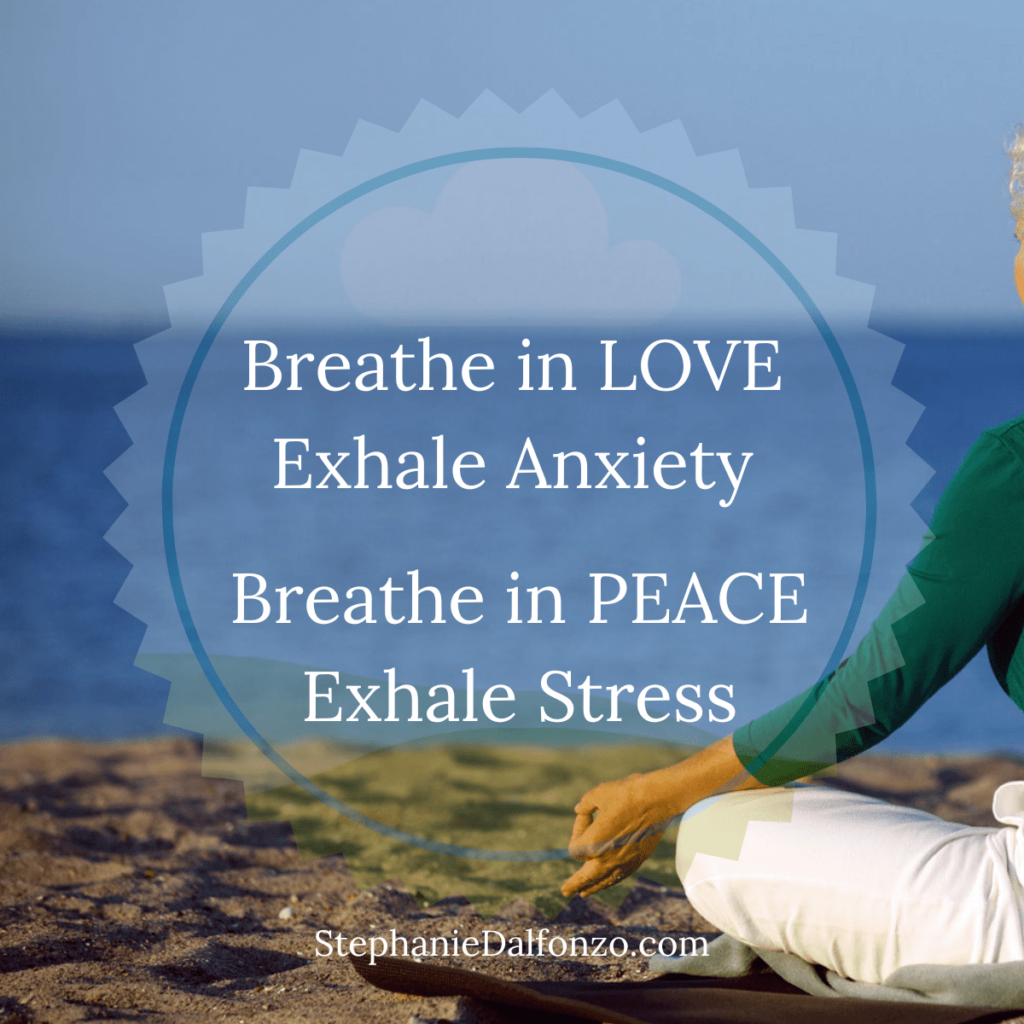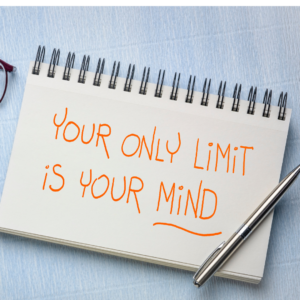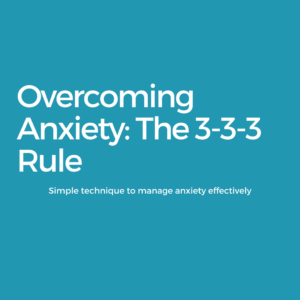Breathing Exercise for Anxiety: How to Use Your Breath to Find Calm
Anxiety is a normal part of life. Everyone experiences it to some extent, whether it’s before a big presentation, meeting new people, or worrying about an upcoming event. However, when anxiety becomes overwhelming, it can take over our lives, affecting our mental and physical health.
Fortunately, there are many techniques you can use to manage anxiety, and one of the most effective is breathing exercises. In this blog post, we’ll explore how breathing exercises can help reduce anxiety and share some simple techniques to get you started.
The Science of Breathing and Anxiety
Breathing is an involuntary process that we often take for granted. But did you know that the way we breathe can affect our mental state? When we’re anxious, our breathing tends to become shallow and rapid, which can cause physical sensations like dizziness, chest tightness, and shortness of breath. This can lead to a cycle of anxiety, where the physical sensations of anxiety cause more anxiety, leading to more physical symptoms.
However, by consciously changing the way we breathe, we can break this cycle and calm our nervous system. When we breathe deeply and slowly, we activate our parasympathetic nervous system, which helps us relax and feel calm.
Breathing Exercises for Anxiety
There are many different breathing exercises you can try to help reduce anxiety. Here are three simple techniques to get you started:
Belly Breathing
Belly breathing, also known as diaphragmatic breathing, is a simple technique that involves breathing deeply into your belly rather than your chest. This technique can help you slow down your breathing and reduce feelings of anxiety.
To try belly breathing, find a comfortable position and place your hands on your belly. Breathe in slowly through your nose, feeling your belly expand as you inhale. Then, exhale slowly through your mouth, feeling your belly deflate as you breathe out. Repeat this for several breaths, focusing on the sensation of your breath moving in and out of your body.
Square Breathing
Square breathing, also known as box breathing, is a technique that involves breathing in for a count of four, holding your breath for a count of four, exhaling for a count of four, and then holding your breath again for a count of four. This technique can help you regulate your breathing and reduce feelings of anxiety and stress.
To try square breathing, find a comfortable position and close your eyes. Breathe in slowly through your nose for a count of four, feeling your belly expand as you inhale. Then, hold your breath for a count of four. Exhale slowly through your mouth for a count of four, feeling your belly deflate as you breathe out. Finally, hold your breath for a count of four. Repeat this for several breaths, focusing on the sensation of your breath moving in and out of your body.
Mantra Breathing
Mantra breathing is a technique that combines deep breathing with the repetition of a calming word or phrase, known as a mantra. This technique can be particularly helpful for people with anxiety, as the repetition of a mantra can help quiet the mind and focus the breath. To practice mantra breathing, find a comfortable position and take a deep breath in through your nose. As you exhale, repeat your chosen mantra silently to yourself. For example, you might repeat the phrase “peaceful mind” or “calm and centered”. Repeat this process for several breaths, focusing on the sensation of your breath moving in and out of your body, and the calming words of your mantra. This technique can be practiced anywhere, anytime you feel anxious and need to calm your mind and body.
Watch this quick video and join me for an experience of mantra breathing:
Incorporating Breathing Exercises into Your Daily Routine
Breathing exercises can be a powerful tool for reducing anxiety, but like any skill, they require practice. To make breathing exercises a part of your daily routine, try incorporating them into your morning or bedtime routine. You can also set reminders on your phone or computer to take a few minutes throughout the day to practice your breathing exercises.
Additionally, you can try pairing your breathing exercises with other activities you do regularly, such as exercise, meditation, or yoga. By making breathing exercises a regular part of your routine, you can help reduce feelings of anxiety, promote overall well-being and stress relief.
Remember, like any new habit, it may take time and practice to incorporate breathing exercises into your daily routine, but with dedication and patience, you can reap the benefits of this powerful relaxation technique.
CLICK HERE to learn more simple ways to find your calm with “Calm and Confident YOU” – 5 simple ways to calm stress and anxiety.



